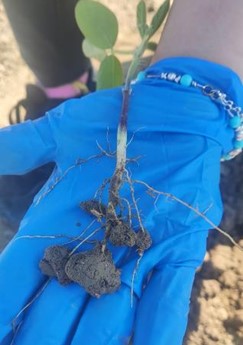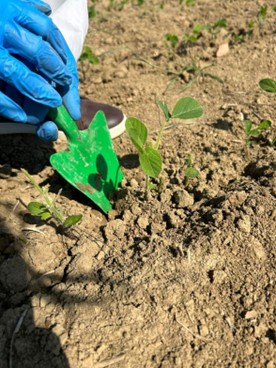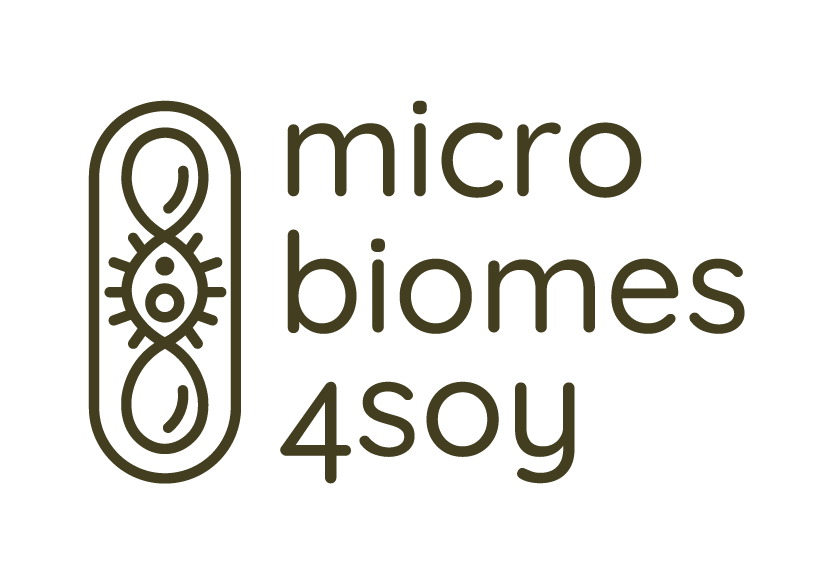As part of the MICROBIOMES4SOY project, field experiments conducted at the University of Bologna (UNIBO) are evaluating the impact of different agronomic management practices on soya bean cultivation. Three distinct management systems—conservation, conventional, and organic—were tested. To capture the diversity of soya bean traits, five different varieties were chosen for the experiments and organised into four blocks for comparative analysis.



The conservation agriculture system focused on reducing tillage to promote soil health and biodiversity, minimising soil disturbance and encouraging the natural regeneration of the soil ecosystem. In contrast, the conventional system involved intensive tillage, including ploughing and soil turning, to improve aeration and prepare the seedbed. While this approach can enhance short-term productivity, it may contribute to soil erosion and the gradual depletion of organic matter over time. Both the conservation and conventional systems applied herbicides and pesticides during the soya bean growth cycle to control pests and optimise yields.
In the organic system, no synthetic agrochemicals were used, and weed management relied on manual or mechanical methods. The soil tillage practices in this system were similar to those of the conventional approach but without the use of chemical inputs.
For the microbiome analysis, root and soil samples were collected at two key developmental stages of soya bean growth. The first sampling occurred at the V2 stage (when the second trifoliate leaf is fully formed, and root nodules begin to develop) between the 10th – 12th of June 2024. The second sampling took place at the R2 stage (when open flowers appear at the uppermost nodes of the main stem) from the 22nd – 23rd of July 2024. These samples were sent to AIT for detailed analysis.
The harvest was conducted on the 1st of October 2024 for three of the soya bean varieties in both the conservation and conventional plots. Due to continuous rainfall, the remaining varieties were harvested later, on October 28th and 29th. The harvested plants will be threshed to separate the seeds from the straw, and the seeds will be sent to AIT for further analysis to evaluate seed quality and performance.
These field experiments provide valuable insights into the effects of different agronomic practices on soya bean growth, seed quality, and microbiome composition, which will inform future practices and help optimise soya bean cultivation in various agricultural systems.
